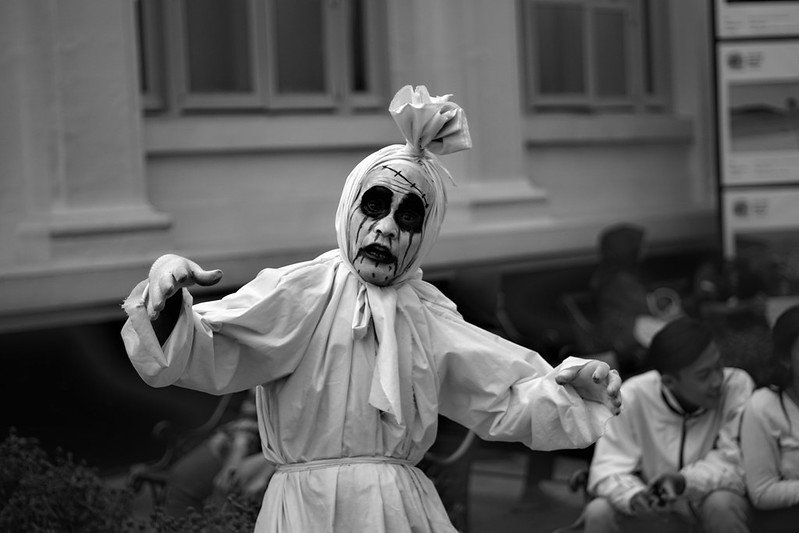Date of Discovery
The Perron moved in during 1971, however the property dated back to the mid-1800s when the Sherman’s were living there.
Name
The Perron family and Bathsheba
Physical Description
The house had white siding with large windows, enclosed porch, and 5 bedrooms among the house, as well as a built-in garage.
Origin
The house was built in the Baptist town of Harrisville, Rhode Island where it still stands today.
Mythology & Lore
In January 1971, the Perron family moved into a farmhouse in Harrisville, Rhode Island, that had a dark and strange history. Carolyn, Roger, and their 5 daughters began to notice strange happenings immediately after moving into the house. Carolyn reported various household items would move around the house, sounds of something scraping the kettle, and she kept finding small piles of dirt on the floor. The young girls began to see spirits around the house, and alleged most were harmless, however, a few were very angry. The worst of all the spirits was Bathsheba, Carolyn found records showing the family was the only family to own the home for 8 generations, many died under mysterious or horrible circumstances.
Records show a Bathsheba Sherman, also known as Thayer, lived on the property in the mid-1800s, rumored to have been a Satanist, and was buried in a nearby cemetery. Several of the children drowned, one was murdered, and a few of the family members hung themselves in the attic of the home. “Whoever the spirit was, she perceived herself to be mistress of the house and she resented the competition my mother posed for that position,” said Andrea Perron, which was the eldest Perrons’ daughter. Andrea also reported there were other spirits on the property as well. She claimed there would be a rotting flesh smell, beds levitated off the floor, heating equipment would fail, and so on. The Warrens we called in on several trips to the house and performed many tests. Eventually the family was able to move out in 1980, after which they did not experience any other spirits or hauntings.
With local legends claiming Bathsheba as a witch the mysterious deaths of her children, she would see infamy in the horror culture world. The spirit Bathsheba goes on to become one of the Warrens’ cases that inspired the 2013 film, The Conjuring, the second being The Enfield Haunting. There were many of the Warrens’ case to be featured in the many horror series of The Conjuring as well as others. Andrea went on to become an author of a book about the hauntings called House of Darkness: House of Light – The True Story. Bathsheba’s grave can still be found inside the Harrisville Cemetery, her name still has investigator’s debating to this day.
Modern Pop-Culture References
Books & Literature
Movies
- The Conjuring (2013)
Television Series
- Paranormal Witness Episodes (Season 4, Episode 10)
Is there anything we missed about the Perron family or Bathsheba Sherman? Let us know in the comments section below!



